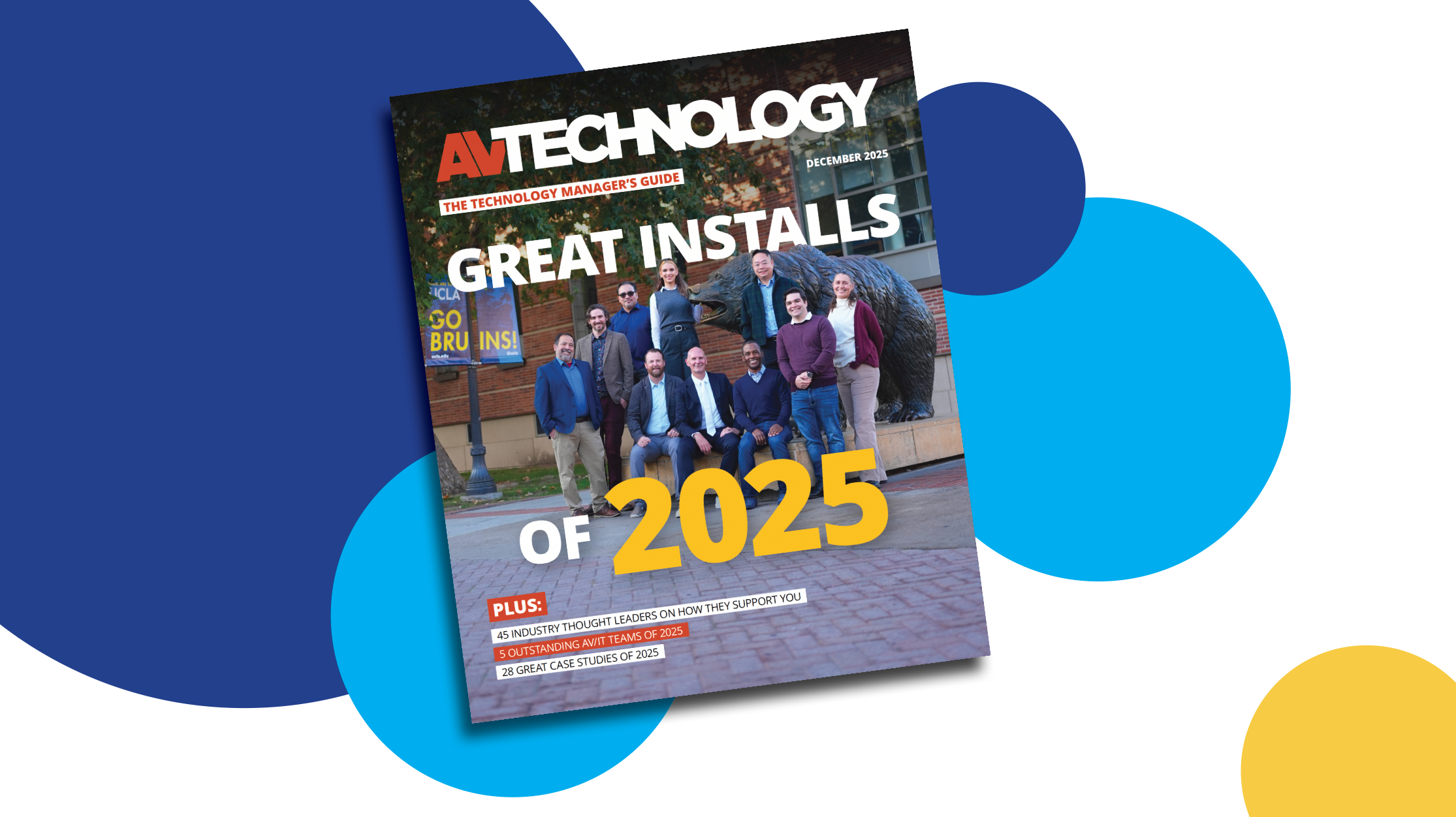On Higher Ed Tech: EPOS
Jennifer Orzechowski, Director, Marketing, Americas at EPOS shares insight into designing the higher ed classroom for today and the future. Part of AV Technology's Thought Leader Series.


AVT Question: Please share insight and best practices for designing the higher ed classroom for today and the future.
Thought Leader: Jennifer Orzechowski, Director, Marketing, Americas at EPOS
The success of online learning has three critical technology elements—video, audio, and content sharing. While video and content have played a pivotal role in ensuring the teacher-student connection, the power of high-quality audio has often been overlooked.
Be it audio delays from bad internet connectivity or multiple participants speaking at the same time or background noises coming from each participant’s location, audio challenges can have a negative impact on health by increasing stress levels. Learning in the classroom, physical or virtual, in the presence of noise is more difficult than ever. Students learning from their homes or dorm rooms with noisy backgrounds or in cafés or classrooms with surrounding chitchat, struggle to concentrate and get tired easily. The result—students lose their focus, motivation, and cognitive processing.
As students and teachers grapple with multiple devices and technologies for remote learning they look for simple, easy-to-deploy and use headsets that intelligently pair with multiple communication solutions." —Jennifer Orzechowski, Director, Marketing, Americas at EPOS
Remote learning requires creating a compelling, engaging, and inclusive environment. The need for better connectivity and robust audio, and video devices to enable seamless teaching and learning has never been greater.
The choice of professional headsets continues to increase, expanding the array of offerings that best fit the changing needs of educators and students. A wide array of solutions, that allow for clear, crisp audio by varying personas, are providing educators and students with more choices. Regardless of where and when learning takes place, today’s Active noise-canceling (ANC) headsets tune out background noise to offer clear audio and a distraction-free experience.
As students and teachers grapple with multiple devices and technologies for remote learning across smartphones, tablets, computers, and software they look for simple, easy-to-deploy and use headsets that intelligently pair with multiple communication solutions.
A daily selection of features, industry news, and analysis for tech managers. Sign up below.

Cindy Davis is the brand and content director of AV Technology (AVT). She was a critical member of the AVT editorial team when the title won the “Best Media Brand” laurel in the 2018 SIIA Jesse H. Neal Awards. Davis moderates several monthly AV/IT roundtables and enjoys facilitating and engaging in deeper conversations about the complex topics shaping the ever-evolving AV/IT industry. She explores the ethos of collaboration, hybrid workplaces, experiential spaces, and artificial intelligence to share with readers. Previously, she developed the TechDecisions brand of content sites for EH Publishing, named one of the “10 Great Business Media Websites” by B2B Media Business magazine. For more than 25 years, Davis has developed and delivered multiplatform content for AV/IT B2B and consumer electronics B2C publications, associations, and companies. A lifelong New Englander, Davis makes time for coastal hikes with her husband, Gary, and their Vizsla rescue, Dixie, sailing on one of Gloucester’s great schooners and sampling local IPAs. Connect with her on LinkedIn.
